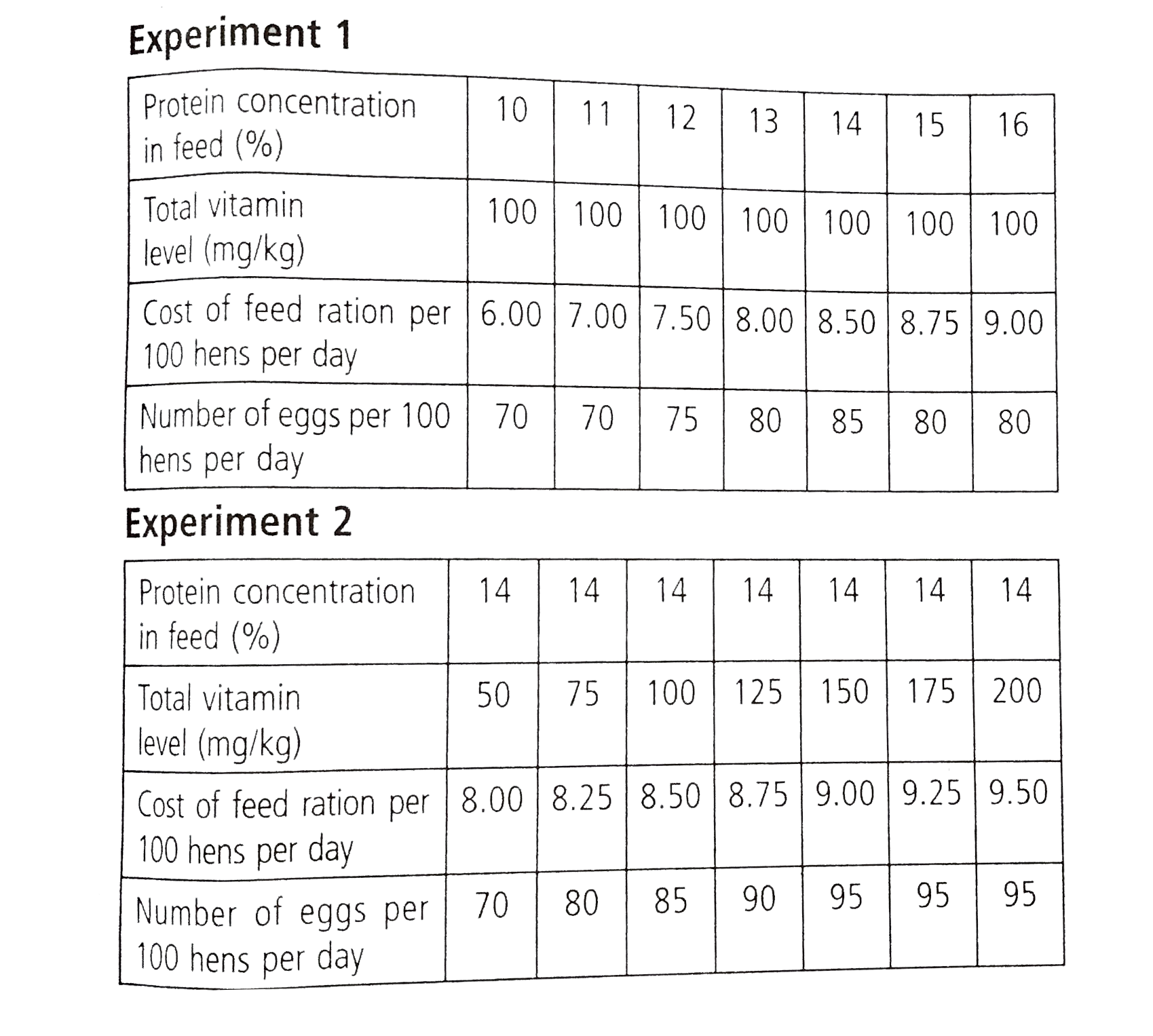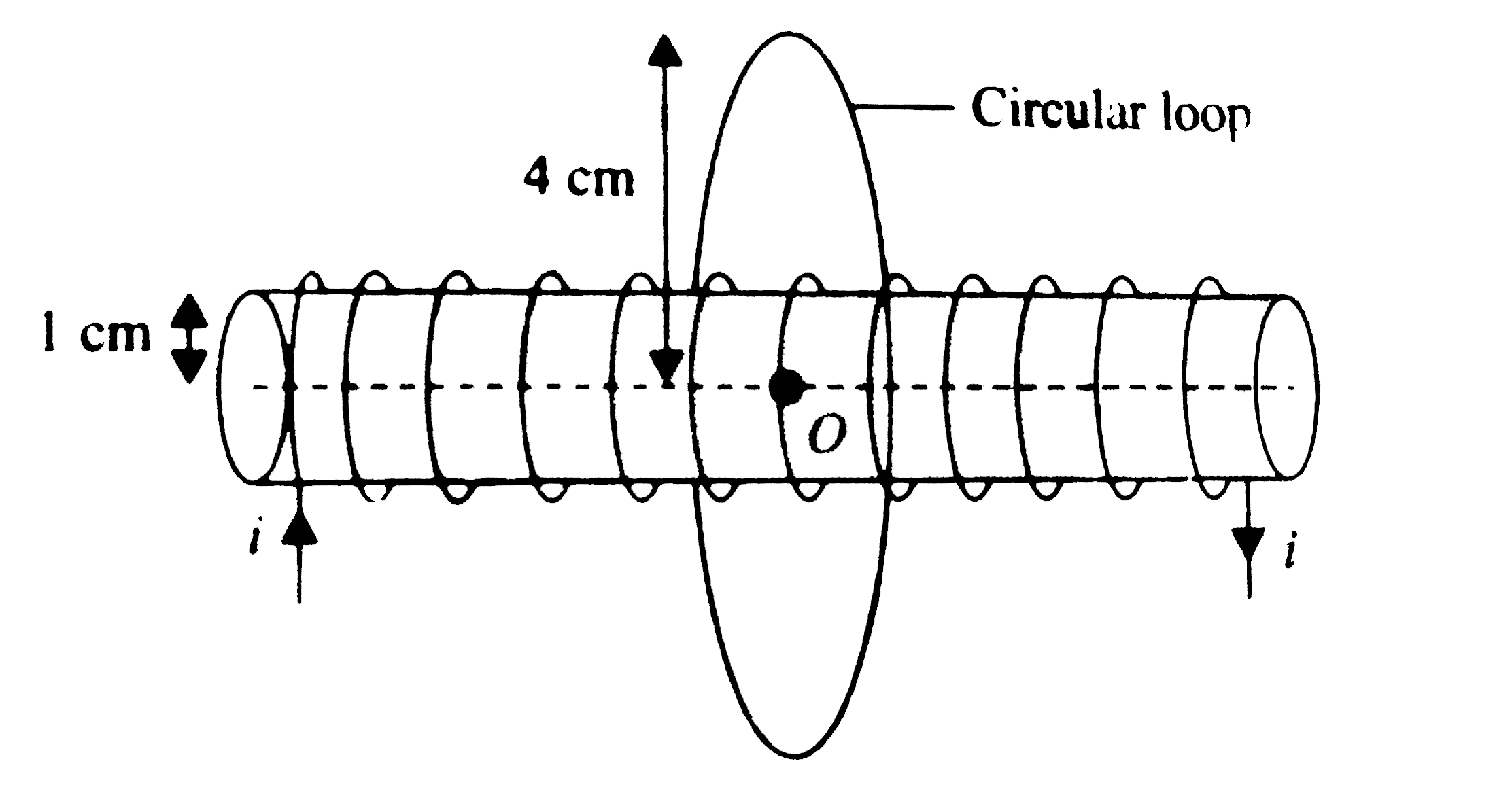Assertion : Identical twins are produced during two births , resulting from the division of a single fertilized egg .
Reaosn : They are of the different sex and otherwise genetically identical.
If both A and R are true and R is the correct explanation of A
If both A and R are true but R is not the correct explanation of A
If A is true and R is false
If both A and R are false
The correct Answer is:D
Step-by-Step Solution:
1. Understanding the Assertion: The assertion states that "Identical twins are produced during two births, resulting from the division of a single fertilized egg." This statement is misleading because identical twins (also known as monozygotic twins) are not produced during two separate births; they are typically born at the same time as a result of the splitting of a single fertilized egg.
Hint: Think about how identical twins are formed and whether they can be born in separate instances.
2. Understanding the Reason: The reason provided states that "They are of different sex and otherwise genetically identical." This is incorrect because identical twins are genetically identical and always of the same sex. They arise from the same zygote and share the same genetic material.
Hint: Recall the characteristics of identical twins and whether they can be of different sexes.
3. Evaluating the Truth of the Statements:
- The assertion is false because identical twins do not result from two births.
- The reason is also false because identical twins cannot be of different sexes; they are always the same sex.
Hint: Assess each part of the assertion and reason independently to determine their truthfulness.
4. Conclusion: Since both the assertion and the reason are false, the correct answer is that both the assertion and reason are false.
Hint: Look for the option that states both statements are false to find the correct answer.
Final Answer:
Both the assertion and reason are false.
- The assertion is false because identical twins do not result from two births.
- The reason is also false because identical twins cannot be of different sexes; they are always the same sex.
Both the assertion and reason are false.
Topper's Solved these Questions
Similar Questions
Give technical term :
Non-identical twins produced by the fertilisation of two eggs.
View SolutionAssertion: Two identical waves due to two coherent sources interfere at a point with a phase difference of 2π3, then the resultant intensity at this point is equal to the individual intensity of the sources.
Reason: A phase difference of 2π3 is equivalent to a path difference of λ3.
View Solution
Knowledge Check
Assertion : The interference of two identical waves moving in same direction produces standing waves.
Reason : Various elements of standing waves do not remain in constant phase.AIf both assertion and reason are true and reason is the correct explanation of assertion.BIf both assertion and reason are true but reason is not the correct explanation of assertion.CIf assertion is true but reason is false.DIf both assertion and reason are false.Direction : Carefully read the following information to answer Q.no.1 and Q.no.2
An egg farmer is experimetnting with different feed rations with the aim of increasing his production whilst reducing the cost of the feed per egg produced. The data from two feeding experiments is given below.

What are the independent variable in each of the two experiments?AExperiment 1Experiment 2Maximum daily egg productionMaximum daily egg productionBExperiment 1Experiment 2Protein concentration in the feedTotal vitamin level in the feedCExperiment 1Experiment 2Total vitamin level the in the feedProtein concentration in feedDExperiment 1Experiment 2Cost of feed ration per egg producedCost of feed ration per egg producedA long solenoid having n = 200 turns per metre has a circular cross-section of radius a1=1cm. A circular conducting loop of radius a2=4cm and resistance R=5(Ω) encircles the solenoid such that the centre of circular loop coincides with the midpoint of the axial line of the solenoid and they have the same axis as shown in Fig.

A current 't' in the solenoid results in magnetic field along its axis with magnitude B=(μ)ni at points well inside the solenoid on its axis. We can neglect the insignificant field outside the solenoid. This results in a magnetic flux (ϕ)B through the circular loop. If the current in the winding of solenoid is changed, it will also change the magnetic field B=(μ)0ni and hence also the magnetic flux through the circular loop. Obvisouly, it will result in an induced emf or induced electric field in the circular loop and an induced current will appear in the loop. Let current in the winding of solenoid be reduced at a rate of 75A/sec.
When the current in the solenoid becomes zero so that external magnetic field for the loop stops changing, current in the loop will follow a differenctial equation given by [You may use an approximation that field at all points in the area of loop is the same as at the centreAparthenogenesis, which is a form of apomixisBparthenogenesis, which is a form of amphimixisCadventive embryony, which is a form of apomixisDagamospermy, which is a form of amphimixis.
In the following questions a statement of assertion (A) is followed by a statement of reason ( R).
A: Three vectors having magnitudes 10,10 and 25 cannot produce zero resultant.
R: If three vectors are producing zero resultant then sum of magnitude of any two is more then or equal to magnitude of third and difference is less than or equal to the magnitude of third.
View Solutionidentical wires A and B of different materials are hung from then ceiling of a room . The density of wire A is greater than the density of wire B but their lengths are same. Identical wave pulses are produced at the bottom of respective wires. The time taken by the pulse to reach the top is
View SolutionAssertion : There are two identical spherical bodies fixed in two positions as shows. While moving from A to B gravitational potential first increases then decreases.

Reason : At centre point of A and B field strength will be zero.
View SolutionAssertion : Restriction enzymes Hin and Hpa are produced from two different genera of bacteria.
Reason : Hin is produced from Haemophilus while Hpa is produced from Hematococcus.
View SolutionRead the following statements about asexual reproduction and select the correct ones.
(i) It involves a single parent.
(ii) It is slower than sexual reproduction.
(iii) It produces progeny that are genetically identical with the parent but not with one another.
(iv) The progeny of asexual reproduction can be termed as clones.
View Solution
